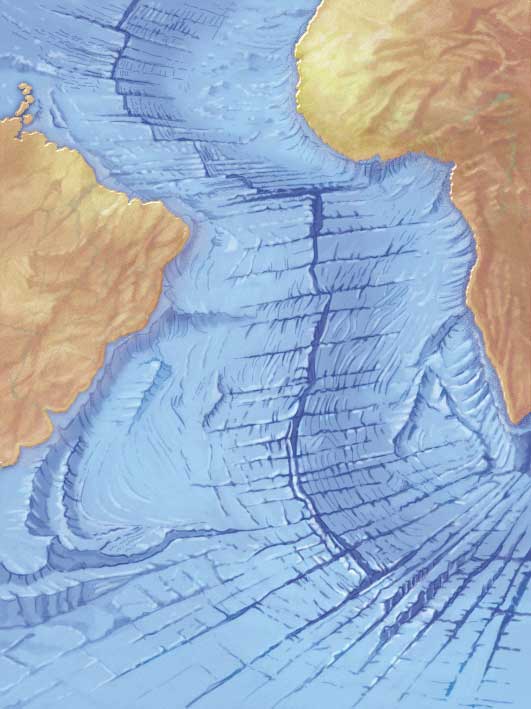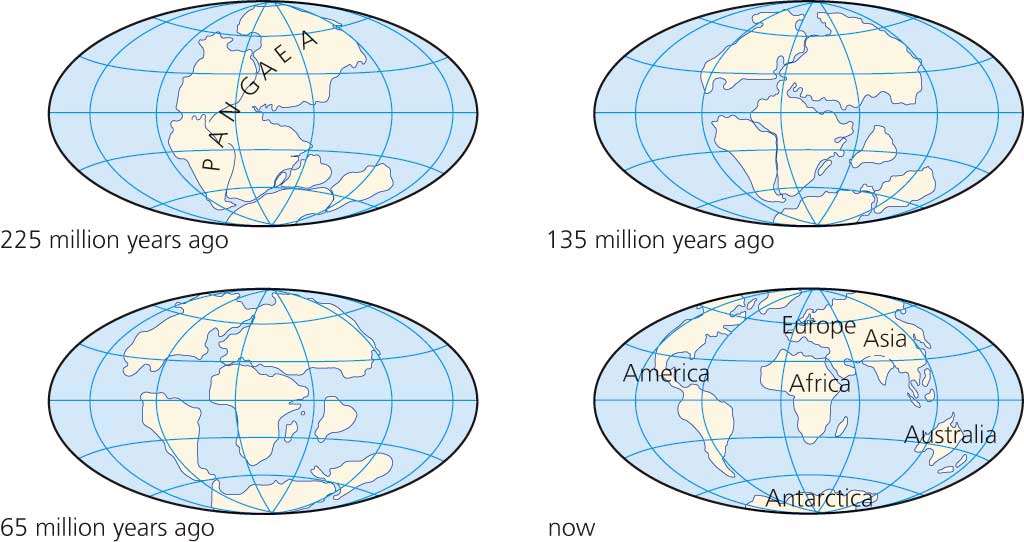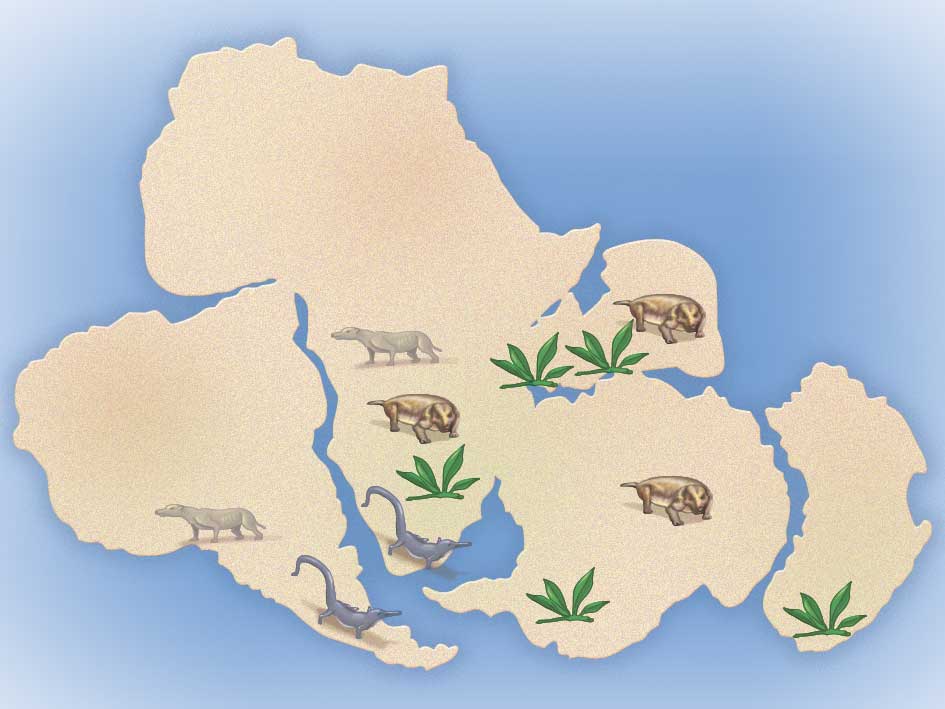We use cookies to improve and analyse your browsing experience on our web. You can accept these cookies, reject them or choose your settings by clicking on the corresponding buttons. Please note that rejecting cookies may affect your browsing experience. For more information you can consult our Cookies policy.
Cookies are an essential part of how our web works. The main goal of cookies is to make your browsing experience more comfortable and efficient and to improve our services and the web itself.
Here you can find all the information about the cookies we use and you can activate and/or deactivate them according to your preferences, except for those cookies that are strictly necessary for the operation of the web. Blocking some cookies may affect your experience on the web and how the site works. For more information you can visit our Cookie Policy.
These Cookies are necessary for the web to function and cannot be disabled on our systems. They are generally only set up in response to actions you may take such as requesting services, setting your privacy preferences, logging in or completing forms. You can set your browser to block or warn you about these cookies, but some parts of the web will not work. Information about Cookies.
These Cookies allow us to count the number of visits and traffic sources so that we can measure and improve the performance of our site. They help us to find out which pages are the most popular and least popular, and to see how visitors move around the web. All information collected by these Cookies is aggregated and therefore anonymous. If you do not allow these Cookies we will not know when you visited our web. Information about Cookies.
These cookies are used to analyse your activity in order to show you personalised advertisements. Information about Cookies.
Change theme

Revision mode


Map of the east coast of South America and west coast of Africa
The theory of continental drift was accepted in the 1960s. Until then, there was a lot of disagreement between scientists. Some believed that the continents were immobile, while others believed that they had travelled great distances over time.
The idea that gigantic masses, such as the continents, could move thousands of kilometres was hard to believe, but there were many signs that they did. The most suggestive of these was that the east coast of Africa and west coast of South America seemed to fit together.
The German geophysicist and meteorologist, Alfred Wegener, was the first to find proof to explain why the coasts of these continents look like they could fit together and to demonstrate that the continents were joined together in the past. He discovered that the continental shelf of each continent fitted together exactly. He also found that mountain ranges had rocks of the same age and identical fossil evidence in both continents.
In 1912, he proposed his hypothesis of continental drift. According to his hypothesis, 225 million years ago, all the continents were joined together as one large supercontinent called Pangaea, which means the whole Earth. Over a very long period of time, the continents drifted apart to the positions they are in today.

Wegener wrongly believed that the continents were made of a light crust that could slide over the ocean floor, as it was a continuous and denser layer. Today we know that the surface layer of the Earth, the lithosphere, slides over the fluid material in the mantle.
Wegener found evidence to prove that the continents were once joined together:


Wegener did not find evidence to explain the movement of the continents and his theory was rejected. Half a century later, Wegener's theory was finally accepted due to advances in technology that improved our knowledge of the Earth's interior, the ocean floor and the distribution of earthquakes and volcanoes.
Activity 1
Understand
Activity 2
Understand
Activity 3
Apply
Activity 4
Apply
Activity 5
Understand
Activity 6
Apply
Activity 7
Evaluate
Activity 8
Remember
Activity 9
Analyse

